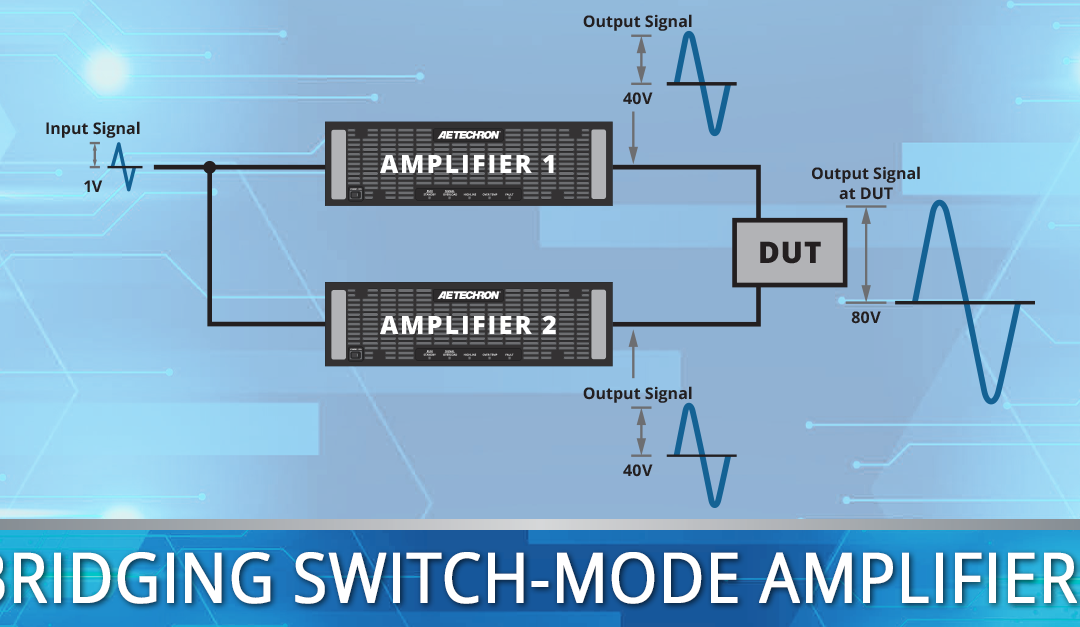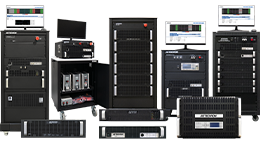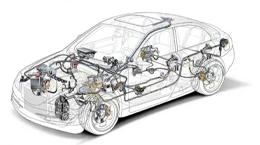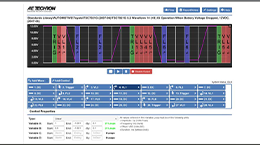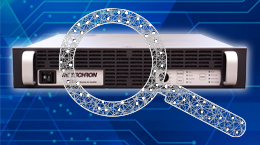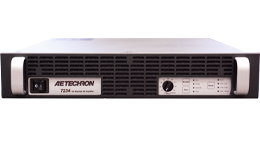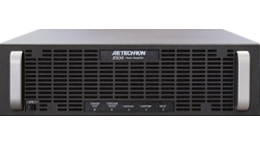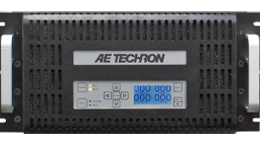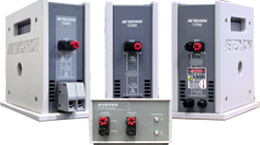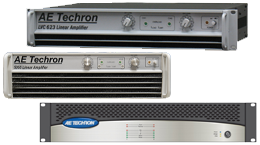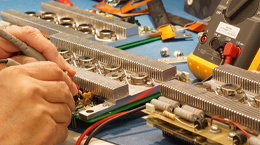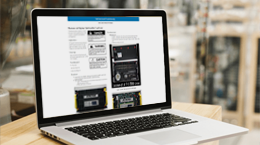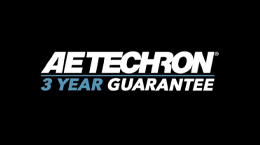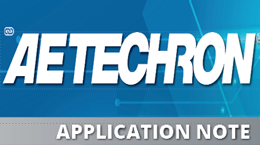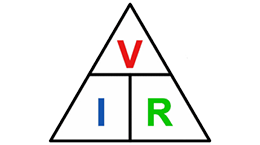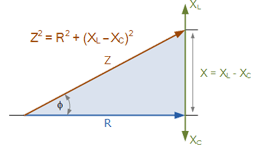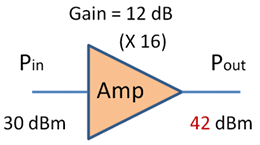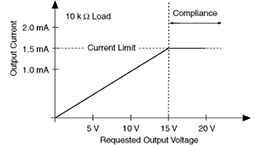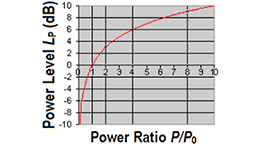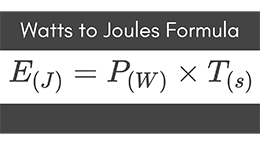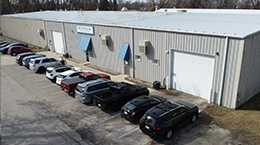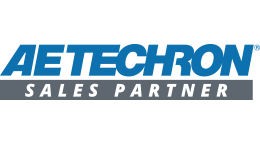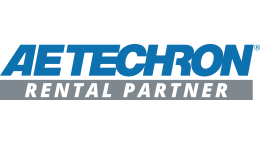Bridging, or bridge-tied load (BTL) operation, is a common technique in amplifier applications where two amplifier channels are configured to drive a single load differentially. This approach is often used to maximize output voltage and power delivery, especially in scenarios demanding high performance from a compact system. AE Techron’s switch-mode amplifiers, such as the 8500 Series, are well-suited for bridging due to their high efficiency, wide bandwidth, and robust power handling capabilities. However, bridging also introduces specific technical considerations and potential downsides that must be understood for optimal and safe operation.
Benefits of Bridging Amplifiers
Increased Output Voltage and Power
- Bridging effectively doubles the voltage swing across the load compared to a single channel, because each amplifier channel drives the load in opposite phase.
- Since output power is proportional to the square of the voltage (P=V2/R), this results in up to four times the power output into the same load impedance, assuming the amplifiers and power supply can support the increased current demand.
- In practice, due to losses and real-world inefficiencies, the power increase is typically about three times that of a single channel, but can approach four times under optimal conditions.
Better Utilization of Amplifier Resources
- Both amplifier channels share the load, distributing thermal and electrical stress more evenly, which can improve reliability if the amplifiers are designed for bridged operation.
- AE Techron’s switch-mode amplifiers are engineered to handle both resistive and reactive loads efficiently, making them especially effective in applications like magnetic field generation, coil driving, and capacitor testing, where high apparent power is required.
Greater Voltage Over Wider Range of Frequencies
- Achieving greater voltage is possible with step up transformers, but this solution is typically limited to only a decade of frequencies and becomes very inefficient at low frequencies.
- A Bridge connection of two AE Techron amplifiers gives double the voltage, from DC to the highest frequency they can produce in a single sweep. Without multiple additional external transformers. It is also possible for a system configured in this way to produce unipolar pulses, square waves, and AC waveforms with a DC offset. All things not possible with a transformer based solution.
Potential Drawbacks and Limitations
Increased Current Demand on Each Channel
- In bridge mode, each amplifier channel must supply twice the current it would in single-ended operation for a given load impedance.
- If the amplifier is not specifically designed for bridging, this can result in overstressed output devices, increased heat, and potential reliability issues.
Load Impedance Requirements
- The benefit of a switch mode amplifier is its ability to drive loads from very low to very high impedance with equal effectiveness. A bridge connection of the amplifier doubles voltage potential, but doesn’t increase the current potential of the system.
- When driving very low impedance loads this will limits the benefits that are possible with a bridge configuration.
Noise and Distortion Considerations
- Switch-mode amplifiers inherently produce switching noise due to their operation. While AE Techron’s designs minimize this with high switching frequencies (up to 1 MHz) and advanced filtering, bridging can compound output noise if not carefully managed.
- For applications where ultra-low noise is critical (such as sensitive EMC testing), linear amplifiers may still outperform switch-mode designs, even when bridged.
Slew Rate and Bandwidth Limitations
- The output low-pass filters required in switch-mode amplifiers to suppress switching noise can limit slew rate and bandwidth. While AE Techron’s amplifiers offer wide bandwidth (up to 250 kHz), extremely fast transient response may still be better achieved with linear amplifiers.
- Bridging does not inherently improve slew rate and may, in some cases, exacerbate limitations if the combined output filter is not optimized.
Complexity and System Integration
- Bridged operation requires precise matching of channels in gain and phase. Any imbalance can result in reduced performance or increased distortion.
- Careful attention must be paid to wiring, load balancing, and protection settings to ensure safe and reliable operation.
Summary Table: Bridged vs. Single-Ended Operation
| Feature | Single-Ended | Bridged Mode |
| Output Voltage | V | 2V |
| Output Power (Same Load) | P | Up to 4P |
| Minimum Load Impedance | Z | 2Z |
| Current per Channel | I | 2I |
| Cable Losses | Higher | Lower |
| Noise Floor | Lower (linear) | Potentially higher |
| Slew Rate | Higher (linear) | Filter-limited |
| System Complexity | Lower | Higher |
Conclusion
Bridging AE Techron switch-mode amplifiers offers substantial benefits in terms of output power, efficiency, and flexibility—especially for demanding industrial, scientific, and EMC applications. However, it also requires careful consideration of load impedance, current handling, noise, and system integration. For best results, always consult amplifier documentation and ensure the system is configured within the manufacturer’s specified limits to harness the advantages of bridging while minimizing potential risks.

